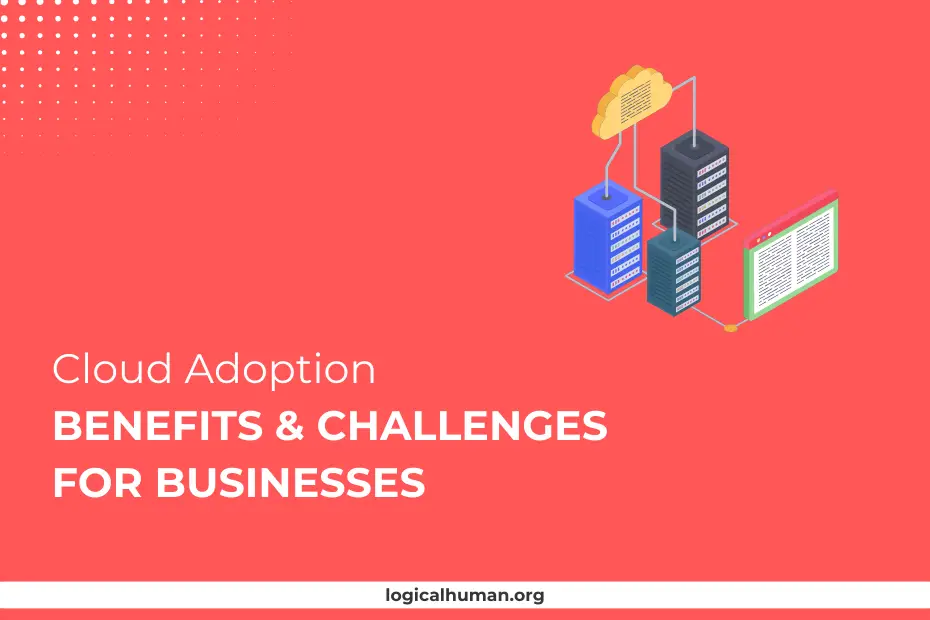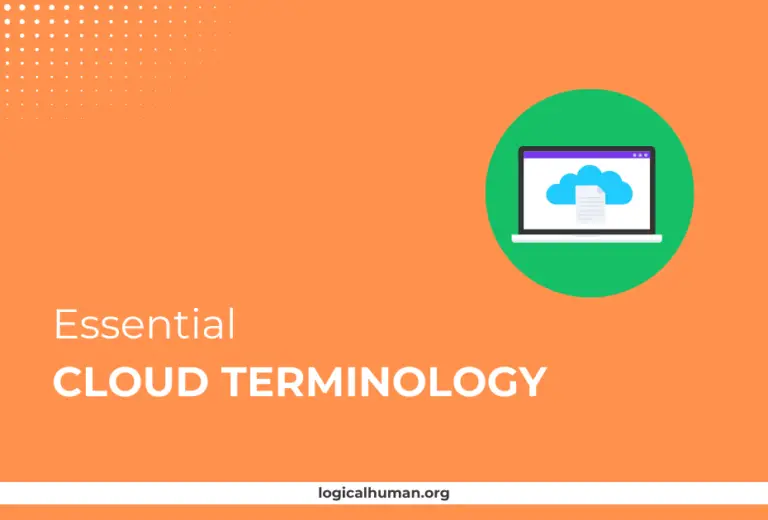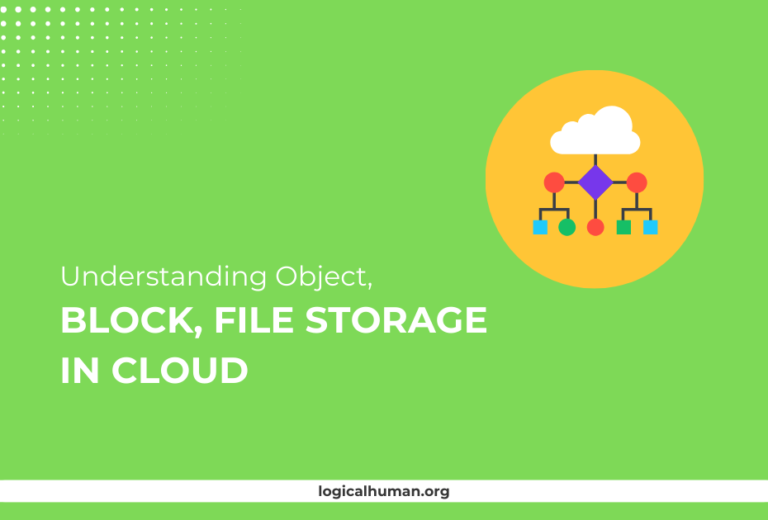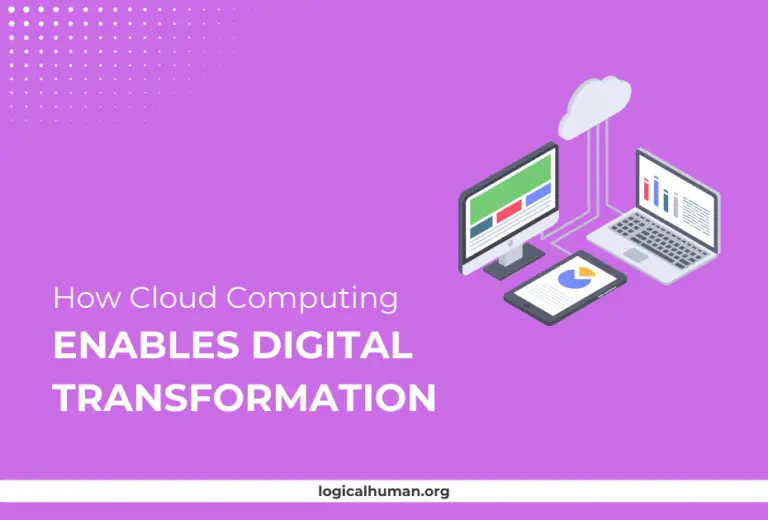What is Cloud Adoption?
In simple terms, cloud adoption refers to the process of migrating a company’s digital resources, services, databases, IT processes, and applications to the cloud. But why is everyone talking about it? Because cloud adoption offers businesses a more scalable, flexible, and cost-effective solution for managing their IT resources.
The Rise of Cloud Technology
The adoption of cloud technology has surged over the past decade. From small startups to large enterprises, businesses are increasingly moving to the cloud to drive innovation, agility, and efficiency. According to recent studies, nearly 94% of enterprises use some form of cloud service. But is it all rainbows and unicorns? Not quite, as there are several challenges that come along with the benefits.
Why Cloud Adoption Matters for Businesses
In today’s fast-paced business environment, the ability to adapt and innovate is crucial. Cloud technology provides businesses with the agility and tools they need to stay competitive. Whether it’s launching a new product or improving customer service, the cloud offers the necessary infrastructure and software solutions to achieve these goals. But, like any significant change, it comes with its own set of challenges.
| Service Model | Definition | Key Benefits | Typical Use Cases | Examples |
|---|---|---|---|---|
| IaaS (Infrastructure as a Service) | Provides virtualized computing resources over the internet, including storage, networking, and virtual servers. | High flexibility and control over infrastructure Cost savings on hardware Scalability on-demand | Hosting websites and applications Storage, backup, and recovery High-performance computing | AWS EC2, Microsoft Azure VMs, Google Compute Engine |
| PaaS (Platform as a Service) | Offers a platform allowing customers to develop, run, and manage applications without managing the underlying infrastructure. | Simplifies app development and deployment Faster time to market Reduces infrastructure management | Developing mobile or web applications Business intelligence and analytics API development and management | Google App Engine, Microsoft Azure App Service, Heroku |
| SaaS (Software as a Service) | Delivers software applications over the internet, accessible via web browser, without needing to install and maintain software locally. | Accessibility from any device with internet Automatic updates and maintenance Easy collaboration | Customer Relationship Management (CRM) Email and collaboration tools Enterprise Resource Planning (ERP) | Microsoft Office 365, Google Workspace, Salesforce |
Benefits of Cloud Adoption for Businesses
Key Advantages of Embracing the Cloud
The advantages of cloud adoption go far beyond just cost savings. Let’s dive into some of the most compelling benefits.
Cost Efficiency and Savings
One of the primary reasons businesses move to the cloud is the potential for cost savings.
Reduction in Hardware and Maintenance Costs
Say goodbye to expensive hardware and the costs associated with maintaining it. With cloud services, businesses can reduce the need for physical infrastructure, which means lower capital expenses and reduced maintenance costs.
Pay-as-You-Go Model
Instead of paying upfront for services and resources you might not use, the cloud offers a pay-as-you-go model. You only pay for what you use, making it easier to manage budgets and avoid unnecessary expenses.
Enhanced Scalability and Flexibility
The cloud provides unparalleled scalability and flexibility, allowing businesses to grow and adapt without the usual constraints.
Scaling Resources Based on Demand
Whether you’re a startup experiencing rapid growth or a large enterprise with fluctuating needs, the cloud enables you to scale resources up or down based on demand, ensuring that you always have the capacity you need without over-provisioning.
Flexibility in Operations
The cloud allows employees to work from anywhere, enhancing flexibility and productivity. This is especially beneficial for companies with remote or hybrid work models.
Improved Collaboration and Accessibility
Gone are the days of emailing files back and forth. Cloud-based tools make collaboration easier than ever.
Remote Work Capabilities
With cloud adoption, businesses can support remote work effortlessly. Employees can access files, applications, and systems from anywhere in the world, fostering a more flexible and connected workforce.
Real-time Collaboration Tools
Tools like Google Workspace and Microsoft Teams allow teams to collaborate in real-time, making it easier to work together on projects, even if team members are spread across the globe.
Enhanced Security and Data Protection
Security is a top concern for businesses, and cloud providers are investing heavily to address these issues.
Advanced Security Features
Most cloud providers offer advanced security features, such as encryption, identity and access management, and regular security updates, which are often more robust than what many businesses can implement on their own.
Compliance and Regulatory Standards
Cloud providers often adhere to stringent compliance standards, making it easier for businesses to meet regulatory requirements. This is particularly important for industries like finance and healthcare.
Business Continuity and Disaster Recovery
Cloud adoption significantly enhances business continuity and disaster recovery capabilities.
Reliable Data Backup Solutions
With the cloud, data backup and recovery are no longer complex and time-consuming tasks. Cloud providers offer reliable and automated backup solutions, ensuring that your data is always protected.
Fast Recovery from Disruptions
In the event of a system failure or disaster, cloud services enable quick recovery, minimizing downtime and ensuring that your business operations continue without major disruptions.
Competitive Advantage and Innovation
Adopting cloud technology can give businesses a competitive edge by enabling faster innovation and better customer experiences.
Faster Time to Market
The cloud allows businesses to develop, test, and deploy applications more quickly, reducing time to market and enabling faster innovation.
Leveraging Advanced Technologies
With the cloud, businesses can easily access advanced technologies like AI, machine learning, and big data analytics, helping them stay ahead of the curve.
Challenges of Cloud Adoption for Businesses
Potential Roadblocks in Cloud Implementation
While the benefits of cloud adoption are substantial, there are also several challenges that businesses must navigate.
Data Privacy and Security Concerns
Data security and privacy are among the top concerns when it comes to cloud adoption.
Risks of Data Breaches and Cyber Attacks
Storing data in the cloud can make it vulnerable to cyberattacks. Companies must ensure that their cloud provider has robust security measures in place to protect sensitive information.
Compliance with Data Protection Regulations
Different regions have different data protection regulations. Ensuring compliance when storing data in the cloud can be complex and requires careful planning.
Integration with Existing Systems
Migrating to the cloud is not always straightforward, especially when it comes to integrating with existing systems.
Compatibility Issues with Legacy Systems
Legacy systems often have compatibility issues with modern cloud solutions, making integration a challenging process.
Complexity in Integration Processes
Integrating various systems and ensuring seamless communication between them can be a complex and resource-intensive task.
Cost Management and Budgeting
While cloud services can reduce costs, they can also lead to unexpected expenses if not managed properly.
Unexpected Costs in Cloud Services
Unexpected costs can arise from data egress fees, underutilized resources, or poor cost management practices. Keeping track of cloud expenses requires meticulous monitoring and management.
Managing Multi-Cloud Environments
Many businesses use multiple cloud providers, which can complicate cost management and increase the risk of inefficiencies.
Skill Gaps and Workforce Training
To leverage cloud technology effectively, businesses need employees with specialized skills.
Need for Specialized Cloud Skills
There is a growing demand for cloud experts, but the supply of skilled professionals is still catching up. This skill gap can hinder the effective use of cloud technology.
Training and Development Challenges
Training existing staff and hiring new talent with cloud expertise can be both time-consuming and costly.
Vendor Lock-In and Dependency
Vendor lock-in is a significant concern when adopting cloud services.
Challenges in Switching Providers
Once a business is heavily invested in a particular cloud provider, switching to another provider can be difficult and costly due to data migration complexities and compatibility issues.
Negotiating Service Level Agreements
Ensuring that your cloud provider meets your business’s specific needs requires negotiating comprehensive service level agreements (SLAs). These agreements can be complex and difficult to modify later on.
Strategies for Successful Cloud Adoption
Best Practices for Cloud Migration
A strategic approach is essential for successful cloud adoption.
Assessing Business Needs and Objectives
Before migrating to the cloud, businesses should assess their needs and objectives to determine the best cloud solutions for their specific requirements.
Choosing the Right Cloud Service Model
Whether it’s IaaS, PaaS, or SaaS, choosing the right cloud service model is crucial for meeting your business needs and optimizing costs.
Ensuring Robust Security Measures
Implementing strong security measures, such as data encryption, multi-factor authentication, and regular security audits, is essential for protecting your data in the cloud.
Planning for Data Migration and Integration
Careful planning and execution are required for seamless data migration and integration with existing systems.
Building a Skilled Cloud Team
Investing in training and hiring skilled cloud professionals is essential for effective cloud management and innovation.
Conclusion
Balancing the Benefits and Challenges of Cloud Adoption
Cloud adoption offers numerous benefits, from cost savings and scalability to improved collaboration and security. However, businesses must also be prepared to tackle the challenges, such as data security concerns, integration complexities, and skill gaps. By adopting a strategic approach and investing in the right resources, companies can maximize the benefits of cloud technology while minimizing potential risks.
Final Thoughts on Embracing Cloud Technology
Cloud technology is not just a trend; it’s the future of business operations. Companies that embrace the cloud with a well-thought-out strategy will be better positioned to innovate, compete, and succeed in the digital age.
FAQs
What is the biggest benefit of cloud adoption?
The biggest benefit of cloud adoption is its cost efficiency and scalability. Businesses can reduce capital expenses and scale resources based on demand, providing flexibility and cost savings.
How can businesses manage cloud costs effectively?
Businesses can manage cloud costs by regularly monitoring usage, setting budget alerts, and utilizing cost management tools provided by cloud service providers. Proper planning and regular reviews are also crucial.
What security measures should be taken for cloud adoption?
Key security measures include data encryption, implementing multi-factor authentication, conducting regular security audits, and ensuring compliance with industry standards.
How can companies overcome skill gaps in cloud technology?
To overcome skill gaps, companies should invest in training and development programs, hire cloud experts, and collaborate with educational institutions to create a pipeline of skilled professionals.
What is vendor lock-in, and how can it be avoided?
Vendor lock-in occurs when a business becomes dependent on a single cloud provider, making it difficult to switch. To avoid this, companies should adopt a multi-cloud strategy, use open standards, and negotiate flexible contracts with providers.



